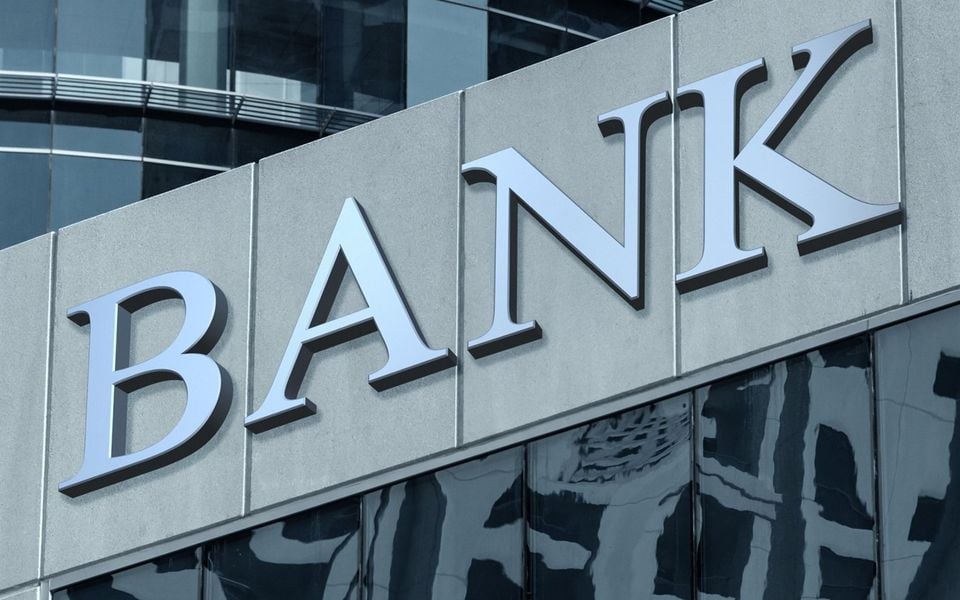The four big banks – Alpha, Eurobank, National and Piraeus – are right up there with their European counterparts as far as capital return and operational efficiency.
They are even better in liquidity, credit provision and rate margins, according to Single Supervisory Mechanism (SSM) data. While the rate margin has fallen somewhat from the heights of 2023, when it reached 3.13%, at 2.92% it is the fourth highest in the eurozone following Slovenia (3.37%), Latvia (3.05%) and Estonia (2.95%), and significantly higher than the eurozone average of 1.53%.
For reference, Italy’s margin is 2.16%, Germany’s 1.02% and France’s 0.90%. Greek banks’ liquidity depends on household savings, which reach 60% of the total, compared to 35% in the eurozone.
According to the SSM, 76.22% of Greek banks’ organic income came from interest, compared to 55.91% in the eurozone, while income from commissions accounted for 18.30% of the total, while the eurozone average is 28.64%. A quarter of income derived from interest comes from the banks’ bond portfolios, collectively reaching €78.6 billion.
Besides Greek Treasuries, which are about half of the banks’ bond holdings, they also have significant sums of Italian and Spanish debt, which offers higher rates. Credit growth in June was 11.1%, third highest in the 20-member eurozone behind only Croatia (13.3%) and Estonia (11.8%), while the eurozone average was 2.9%.
But probably the four Greek banks’ highest success was reducing their nonperforming loans, selling most to funds. At the moment, the loan over deposits ratio, at 62.7%, is the lowest in the eurozone and nonperforming loans account only for 2.9% of the total, higher than the eurozone average (1.9%) but far lower than the extraordinary 55% it had reached in the depths of the financial crisis.
